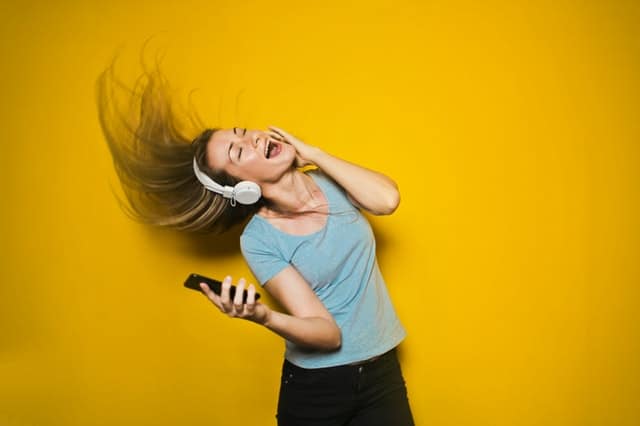About 20 percent of the population in Iowa, Minnesota and South Dakota has hearing loss to some degree. That’s a lot of Midwesterners struggling to understand (and it’s got nothing to do those accents we are often accused of having). With noise being the biggest contributor, there are steps you can take to protect your ears from long-term damage.
The Long-Term Effects of Noise Exposure

Let’s face it, we live in a noisy world. This helps contribute to the growing epidemic of hearing loss in the U.S. Activities such as sporting events and concerts can cause immediate, long-term harm to those who don’t protect their ears, but even everyday sounds take their toll. From city traffic and constantly barking dogs to your neighbor’s snow blower, there are plenty of ways in which noise exposure can lead to impaired hearing. If you enjoy listening to music through headphones—an activity many of us take for granted and never give a second thought—your chances of developing hearing loss go up, as well.
There are many factors that contribute to hearing loss, and noise exposure ranks at the top of the list. Exposure to sounds exceeding 85 decibels (dB) can cause irreversible damage to the hair cells of the cochlea, leading to hearing loss. The louder the sound, the less safe exposure time you have. You can safely listen to music at 85 dB for eight hours, but with every 3-decibel increase in volume, your safe exposure time is cut in half. Raising the volume to 91 dB reduces the length of time you can listen without harm to two hours; crank it up to 100 dB, and you’ll only have 15 minutes. It’s pretty clear that incremental adjustments have a profound impact on your hearing health.
Noise-Cancelling Technology: Passive vs. Active
Headphones are a great way to listen to music without disturbing others, but they can cause more harm than good. The volume tends to creep up as users constantly make adjustments to drown out background noise; listening for long periods of time can destroy those hair cells and lead to a ringing in the ears…and eventually, hearing loss.
Noise-cancelling headphones are a great solution for ending the battle between your music and external sounds. They block out background noise, eliminating the need to jack up the volume in order to hear music. There are two types of noise-cancelling headphones:
- Passive noise-cancelling (PNC) headphones take advantage of the materials from which they are made to block sounds from the environment. The physical design of their ear cups acts as a seal to protect your ears from external sounds. PNC headphones offer a tight fit and may feel heavy, but work well at drowning out background noise, particularly sudden loud sounds and high-pitched frequencies.
- Active noise-cancelling (ANC) headphones go a step further by using sound-matching technology that identifies the pitch of ambient noise and creates a sound wave that is the exact opposite, effectively cancelling out the background sound. They work best in environments where the overall background noise remains constant.
Both types of noise-cancelling headphones help protect your ears; they just do so in different ways. PNC headphones are best for people in loud occupations such as construction, and are helpful for those in law enforcement or the military, who need protection from sudden transient sounds such as gunshots or explosions. ANC headphones lack the protective seal that is built into PNC headphones but are fine for office workers who simply want to mask the watercooler chatter, commuters who’d like to tune out the noise that accompanies public transportation, and those listening to music primarily from the comfort of their own homes.
Regardless of which option you choose, it’s never a good idea to wear noise-cancelling headphones outdoors. Paying attention to your surroundings will help keep you safe from passing motorists and reduce your accident risk. Avoid wearing them while driving, too; you’ll need to be alert to honking horns, emergency sirens and other potential hazards.
Contact a local audiologist if you would like to learn more about protecting your hearing from music and other loud sounds.